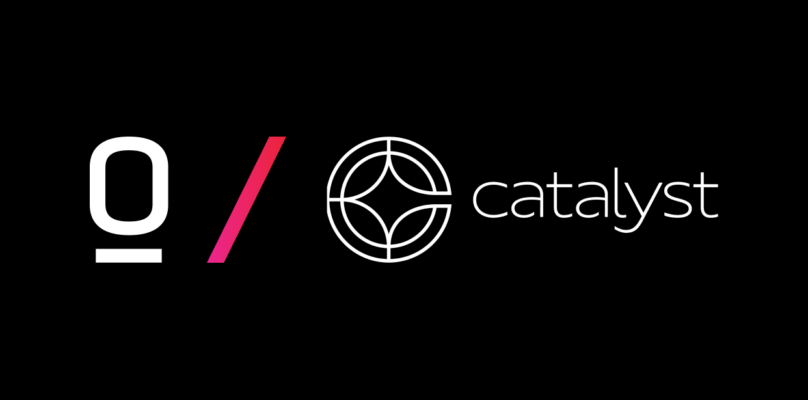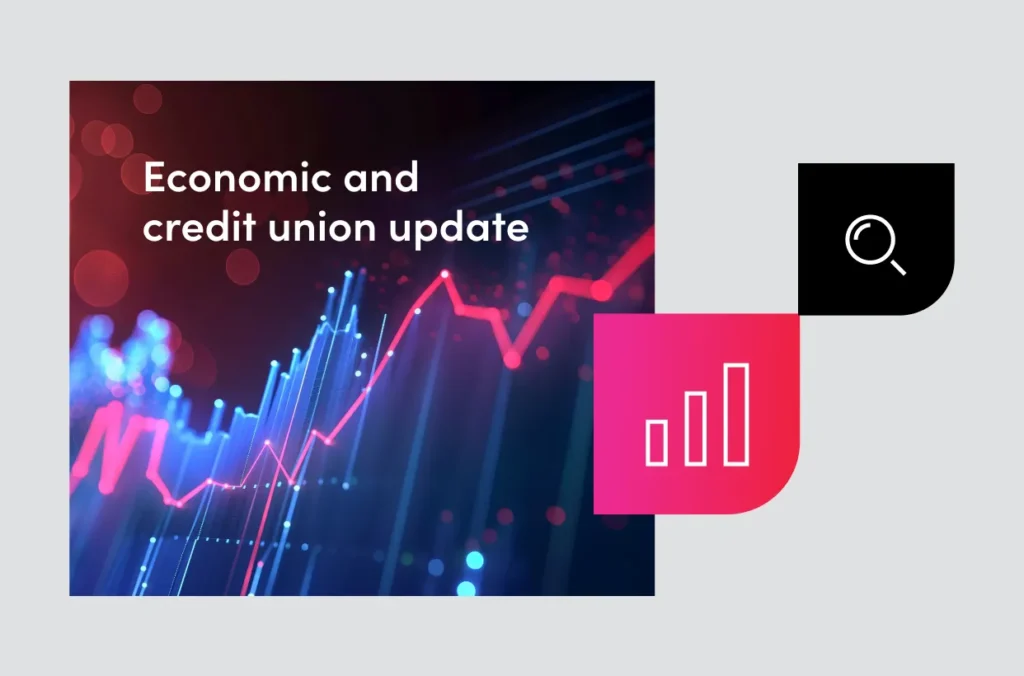Adoption of AI is quickly gaining attention for successfully controlling credit union operational expenses, resulting in good news for the bottom line, explained Steven Rick, Director and Chief Economist at TruStage, during this quarter’s economic webinar focused on credit union strategy essentials. Rick provided data analysis of current performance in the context of long-run averages, including commentary on Federal Reserve policy, the rapid rise and fall of used car prices, interest rate trends and predictions, stagflation, and a variety of Trump administration initiatives, all of which could exert influence on credit unions’ future. He tied these topics together with insightful predictions of what we may see from the Federal Reserve in the coming months.
Rick reported that credit unions are seeing big gains in productivity and efficiency by deploying AI solutions for a variety of functions within the organization, both member-facing and behind-the-scenes. As human resources costs continue to escalate, AI permits credit unions to increase in size, expand to new markets, and offer more efficient services to members without increasing payroll. Combined with natural attrition, the productivity gains realized by AI solutions are allowing credit unions to “grow into” expense budgets that seemed overwhelming not long ago and achieve a more balanced relationship between HR cost and service delivery.
Few would argue that auto lending is a core offering for most credit unions, and two out of three credit union auto loans are secured by a used car. In 2022, supply chain disruption limited the availability of new cars and triggered a 45% spike in year-over-year used car values. This was followed by a subsequent crash in value as the market recovered. These wild swings had implications for collateral value, as many borrowers may have found themselves underwater, owing more on a quickly depreciating vehicle than it is worth. This leads to undesirable consequences such as strategic defaults and uninsured collateral. However, the market seems to be stabilizing near the CPI target of 2.5% growth, relieving pressure on both consumers and collateral holders.
Seasonally-adjusted annual growth in credit union auto lending—both new and used—is recovering from disappointing 2024 results. Last year, new car lending growth went into negative territory without an accompanying recession for the first time this century. Credit unions have clawed back most of that decline in 2025, but remain more than 6% below the long-run growth average. New vehicle sales in 2025 are expected to be 15.9 million units, up incrementally from last year. Projections for 2026 anticipate 4.4% growth to 16.6 million units, tantalizingly close to an approximate market equilibrium of 17 million units.
Credit union used auto loan growth had basically never been in the red, until 2024. The long-run growth average for credit union used car lending is 7.7%, but used car loan balances actually shrank during all of last year. However, credit unions are back in positive territory in 2025 with a 2.2% growth rate. Unfortunately, that is still 5.5% below the historical average for arguably the most prominent of credit union core products.
Auto lending success is closely linked to interest rates and talk of interest rates naturally brings the Federal Reserve into focus as it steers monetary policies. Rick explained the Federal Reserve desires to influence future trends and achieve a balance point that requires neither stimulus nor suppression of growth and inflation. The balance point is a target Federal Reserve funds interest rate of 3% that accommodates both 2% inflation and 1% natural economic growth, explained Rick.
Most remember the historic low interest rates a few years ago, reflecting the aggressive post-pandemic stimulus. This was followed by the most rapid rate hike in 40 years as the Federal Reserve moved to rein in inflation that had surged well beyond acceptable levels. After nearly a year at a peak of 5.25%, interest rates have recently begun to decline, while inflation, though easing, remains slightly above the Federal Reserve’s target at 2.7%.
Uncertainty surrounds the impact of recent Trump administration policies over the past several months. The prospect of trade wars and import tariffs threatens to raise inflation and lower GDP. While tariff revenue could slightly reduce the federal deficit, the potential negative impact on the auto industry would not be aligned with credit union interests.
Several of the administration’s initiatives could lower inflation and deficits. The economic benefits would be significant if the government successfully implemented deregulation, reduced federal employees, and eliminated red tape.
Two components of the president’s economic strategy were enacted into law on July 4th. The 2017 Tax Cuts and Jobs Act was included in the legislation, as was the temporary suspension of income tax on tips, overtime, and social security. Many economists believe these initiatives will result in higher inflation and deficits, albeit with a corresponding growth rate in GDP. Credit union leaders note that the threat to tax credit unions was stripped from the bill before passage, allowing the credit union tax-exempt status to prevail over this latest threat.
One thing that might be giving the Federal Reserve pause is the prospect of stagflation, Rick reported. Slow economic growth combined with inflationary pressures are essentially the opposite of what the Federal Reserve seeks to achieve. While conventional wisdom has debated the pace of future Federal Reserve interest rate reductions—fast or slow—the possibility of stagflation opens the door to a third alternative: to leave rates alone. Also on the Federal Reserve’s radar are risks to the economy associated with global conflicts in the Middle East and Europe.
What will the Federal Reserve do? Remember, the target is a 3% federal funds rate, predicated on controlling inflation at 2%. The Federal Reserve could move quickly to drop its key interest rate from its current 4.3% down to the target by the end of 2025. Or they may prefer to take a more measured approach and slow the pace of rate reduction to extend into 2026. Lastly, should the impact of trade wars, tariffs, and global unrest push inflation higher or hinder productivity, the Federal Reserve could choose to leave interest rates where they are.
Currently, no rate change at the July Federal Reserve meeting is anticipated by Rick. Credit unions expect the Federal Reserve to reduce rates by a quarter point in September and an additional quarter point in December. However, an additional three-quarter point reduction spread throughout 2026 is expected, achieving a total reduction of 1.25% to reach the Federal Reserve’s target rate of 3% by the end of next year. This schedule would achieve the target rate over the next 18 months.















